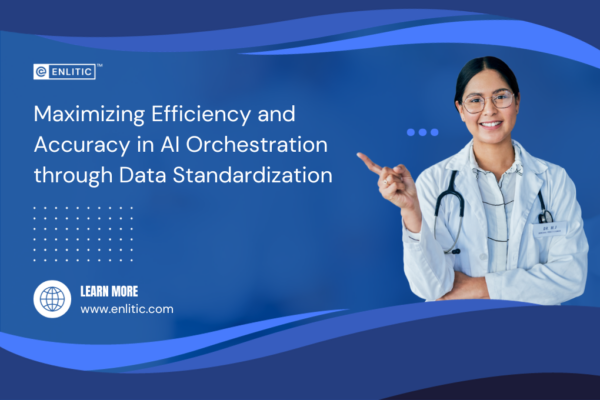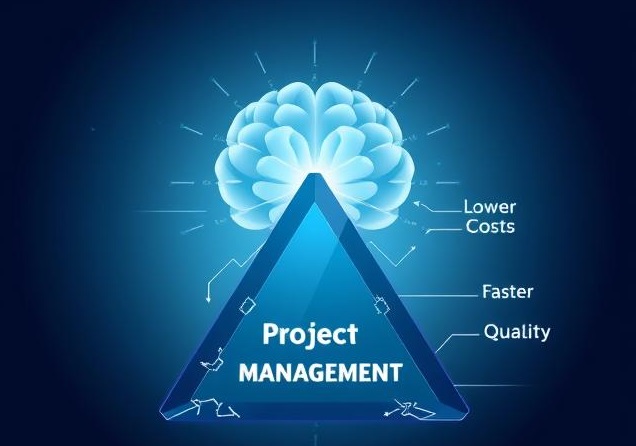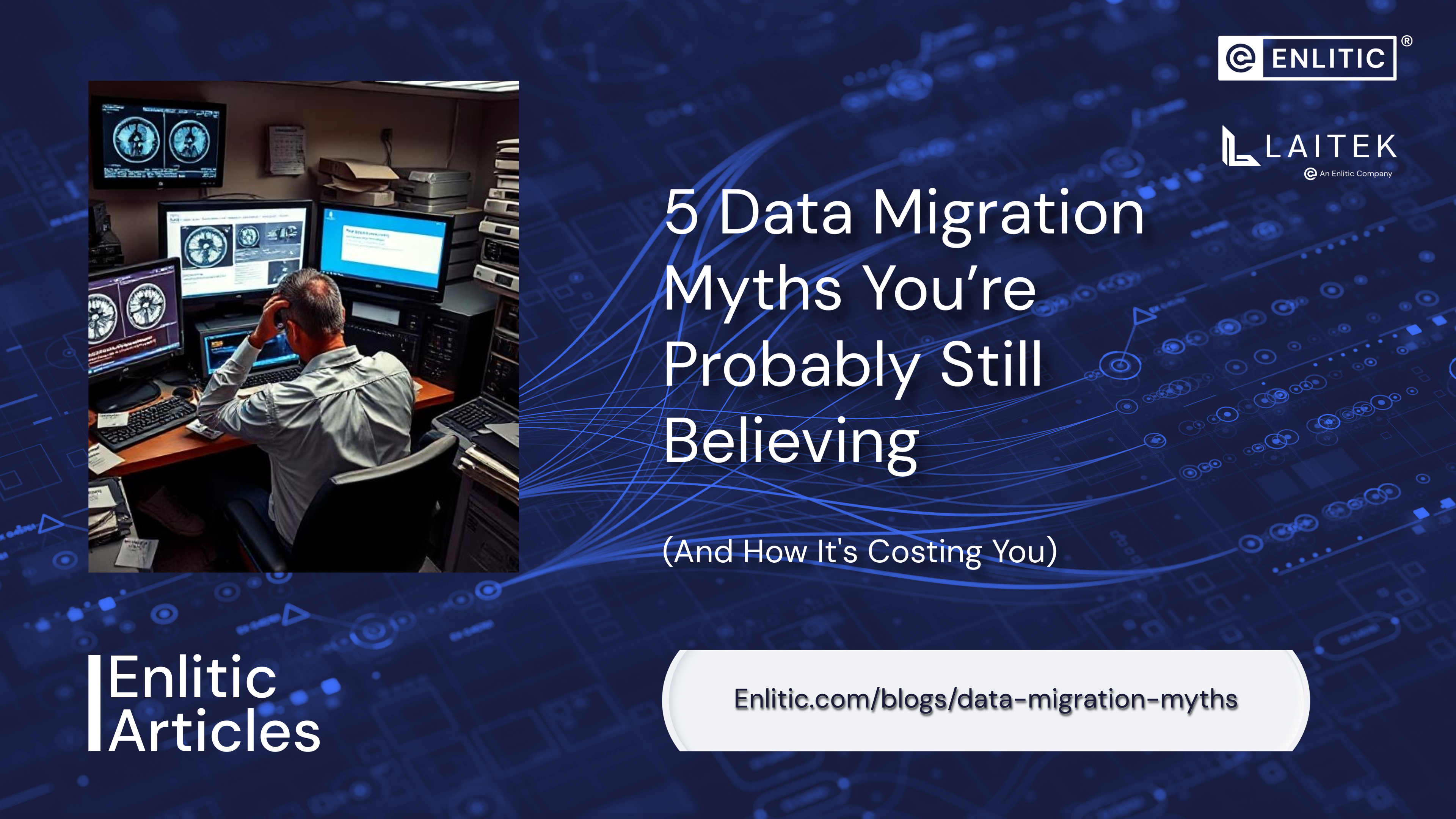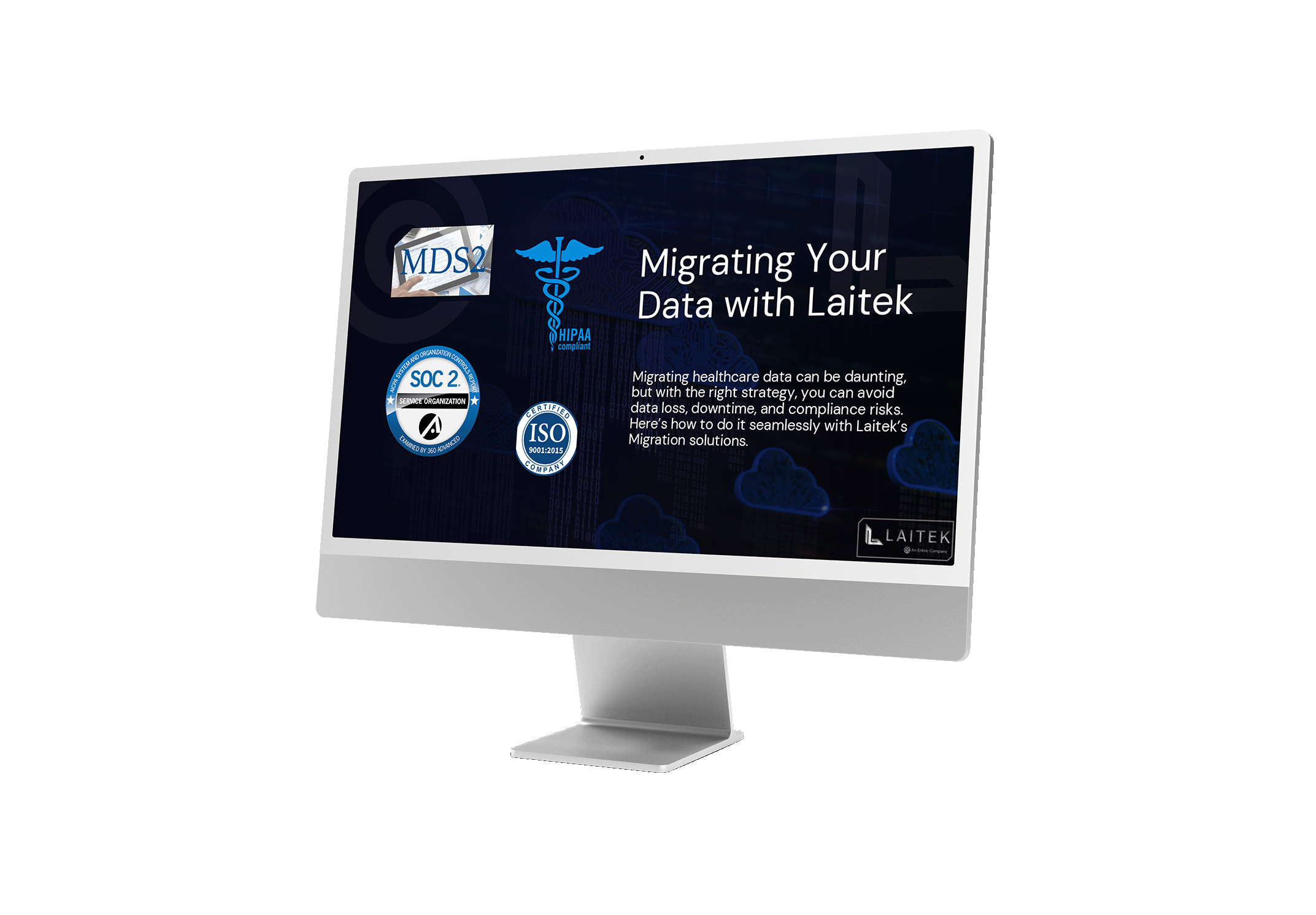In the rapidly evolving world of artificial intelligence (AI) orchestration, one major hurdle that organizations face is the lack of standardized data. This challenge not only impacts the accuracy of AI algorithms but also leads to inefficiencies in processing, cost management, and network performance. In this article, we’ll delve into the importance of data standardization in AI orchestration and how it can revolutionize the way we harness the power of AI.
The Data Dilemma
Imagine a scenario where a sophisticated AI algorithm is tasked with detecting strokes. In radiology, numerous studies, series, and images are generated daily, covering various aspects of patient anatomy. However, without proper data standardization, chaos ensues. Studies with naming conventions all over the place mean that all head series, skull series, and brain series are indiscriminately sent to the algorithm. This lack of specificity not only increases the workload for the algorithm but also results in inefficiencies and added costs. Some AI providers charge for every study processed, whether it fails or succeeds, exacerbating the issue. Moreover, when unstandardized data is fed into an AI algorithm, it often processes the wrong studies first, causing significant delays in generating accurate results. Inefficient processing of irrelevant images further burdens the network and inflates hardware costs.
When a study gets routed to the AI algorithm, if the wrong series is selected for analysis because it isn’t clear which series should be used, the algorithm will fail. This then requires the administrator to investigate the failure, resend the right series and get the results to the radiologist. The impact on time and costs of staffing to resolve issues that can be fixed with standardization leads to job dissatisfaction and a lower ROI on the algorithms.
Efficiency Through Data Standardization
Now, imagine a world where only the right studies and image series are sent to AI algorithms. This optimized approach offers multiple advantages:
- Improved Algorithm Performance: When an AI algorithm receives only relevant data, it can work more efficiently, resulting in faster and more accurate results.
- Reduced Network Churn: Sending only the necessary data reduces the strain on the network, ensuring smoother data flow and minimizing congestion.
- Lower Hardware Costs: With fewer unnecessary images to process, organizations can reduce their hardware requirements, leading to cost savings.
The Power of Data Indexing and Standardization
Achieving this level of data precision requires indexing and standardizing images on a granular level. Take, for example, a chest CT scan, which includes images ranging from the chest to the abdomen. Traditionally, the entire study would be sent to a chest algorithm, leading to inefficiencies. However, with advanced solutions like ENDEX™, it becomes possible to build intelligence around the content of the images. ENDEX allows the separation of images by body parts, ensuring that only the relevant data is sent to the AI algorithm. For instance, instead of sending the entire chest CT scan, organizations can now transmit only the chest images. This not only streamlines the process but also enhances algorithm accuracy by excluding unnecessary images.
A Paradigm Shift in AI Orchestration
Thanks to advancements in data indexing and standardization, organizations can now send precisely what they want to a particular AI algorithm. This newfound clarity enables them to send more data as they can confidently identify the content of each image. With thousands of AI algorithms available, standardized data becomes the linchpin that ensures their effective operation. The ripple effect of data standardization extends far beyond the confines of the data center. Patients benefit from quicker results, while healthcare facilities gain insights into their data and reduce network and hardware overhead. In the realm of AI orchestration, data standardization emerges as a pivotal element in optimizing efficiency, reducing costs, and improving the accuracy of AI algorithms. As the technology landscape continues to evolve, organizations must embrace solutions that empower them to harness the full potential of AI by sending the right data to the right location at the right time. Standardized data isn’t just a convenience; it’s the key to unlocking the true power of AI.
Learn more about data standardization of medical images and how Enlitic can help!








